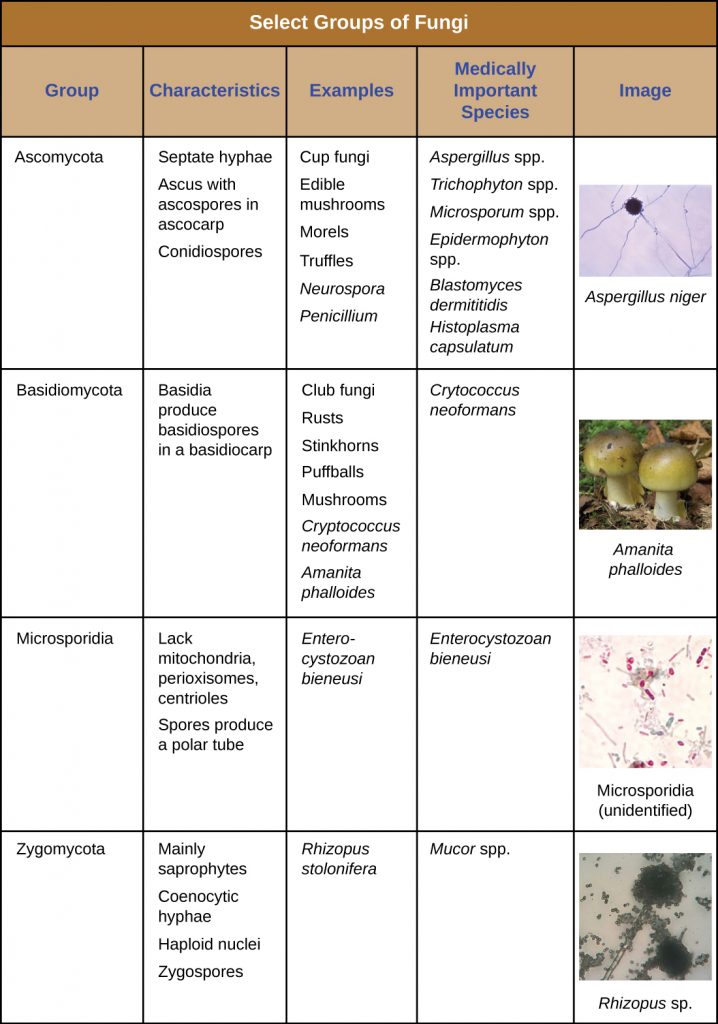I Dry Seed Examination. Bacteria viruses and fungi are all types of pathogens.

Fungal Pathogens Shape Shifting Invaders Trends In Microbiology
Cross walls or _____ separate fungal hyphae into segments.

. These agents can cause disease in their host that can be a plant an animal a fungus or another microorganism. Most helminths require the body of a ___ in order to derive nutrients and complete their life cycle. What term is used to describe a fungal pathogen that actively derives nourishment from the bodies of living animals or plants.
Inspection of dry seed can be applied to detect seed- borne pathogen which. A mycosis is a fungal disease that results from infection and direct damage due to the growth and infiltration of the fungus. The term endophyte is a general term used to describe nonpathogenic microorganisms that reside within plants.
The teams reported research also confirmed that other related fungal pathogens use this counterstrategy a finding that only serves to make the discovery even more. The _____ is a membrane bound organelle derived from the Golgi that contains digestive enzymes and. Explain why antifungal therapy is hampered by the similarity between fungal and animal cells.
Fungi attack animals directly by colonizing and destroying tissues. You may need to do some basic research to determine the above factors. Pathogenesis by a fungus or oomycete is a complex process.
Mycotoxicosis is the poisoning of humans and other animals by foods contaminated by fungal toxins mycotoxins. Loss of pathogenicity reduced virulence unaffected pathogenicity increased. Nine high level phenotyping terms are used to describe the phenotype outcome for one interaction in PHI-base.
The term green island was first used to describe an area of living green tissue surrounding a site of infection by an obligately biotrophic fungal pathogen differentiated from neighbouring yellowing senescent tissue. Mycetismus describes the ingestion of preformed toxins in poisonous mushrooms. Hyphae from an intertwining mass of _____ that is observable on moldy bread.
Parasitism describes a symbiotic relationship in which one member of the association benefits at the expense of the other. Another name for a pathogen is an infectious. A pathogen brings disease to its host.
Examination of Seeds without Incubation. Fungi attack animals directly by colonizing and destroying tissues. Choose a fungal pathogen and briefly describe how it performs the following in human hosts.
Which term is used to describe a fungal pathogen actively causing disease. We describe the selection from a phage display library of avian scFv antibodies. Physical treatments that have already been used in the past and treatments with biopesticides such as plant extracts natural compounds and biocontrol agents have proved to be effective in controlling seedborne pathogens.
Examination of Seeds without Incubation 2. Any organism that can produce disease is a pathogen. Describe the different types of fungal infections in humans.
To colonize plants and cause disease pathogenic fungi use diverse strategies. These microorganisms are diverse encompassing many orders of both fungi and bacteria and can either be commensalistic or mutualistic symbionts with their host organisms. The methods described in this chapter were developed in order to produce transgenic plants expressing pathogen-specific single-chain variable fragment scFv antibodies fused to antifungal peptides AFPs conferring resistance against fungal pathogens.
Biology questions and answers. The Top 10 fungal pathogens identified based on their scientific and economic importance include fungi with a wide diversity of lifestyles. Fungi are among the dominant causal agents of plant diseases.
In this article we describe a method to identify produce and characterize effectors that are important in host-necrotrophic fungal pathogen interactions and to genetically characterize the interactions. The term pathogen came into use in the 1880s. Some fungi kill their hosts and feed on dead material necrotrophs while others colonize the living tissue biotrophs.
A mycosis is a fungal disease that results from infection and direct damage. Mycotoxicosis is the poisoning of humans and other animals by foods contaminated by fungal toxins mycotoxins. The following points highlight the top three techniques for detection of fungal pathogens.
Recently great strides have been made in the area of host-pathogen interactions involving necrotrophic fungi. Which term is used to describe a fungal pathogen that actively derives nourishment from the bodies of living animals or plants. However it has now been used to describe symptoms formed in response to necrotrophic fungal pathogens virus infection and infestation by certain.
Choose a fungal pathogen and briefly describe how it performs the following in human hosts. The term came into use in the 1880s and is now used to describe any infectious agents a bacterium virus viroid fungus prion and parasite - are all examples of pathogens. A pathogen may also be referred to as an infectious agent or simply a germ.
Caused by certain types of bacteria and fungi found in soil and water typically in rural regions of Africa Latin America and Asia. These have been applied alone or in combination and they are widely used owing to their broad spectrum in terms of. Only microscopic features are used to identify fungi from clinical samples.
1 day agoAd Terms and Conditions. Typically the term is used to describe an infectious microorganism or agent such as a virus bacterium protozoan prion viroid or fungus. For successful invasion of plant organs pathogenic development is.
Describe fungal parasites and pathogens of plants.

Rna Based Therapeutics To Treat Human Fungal Infections Trends In Microbiology


0 Comments